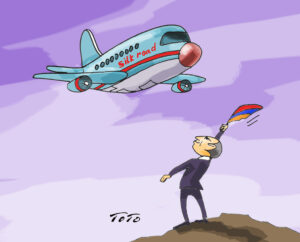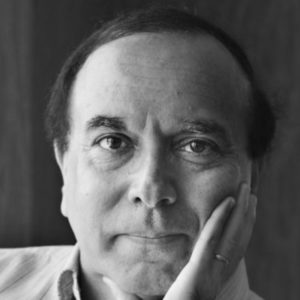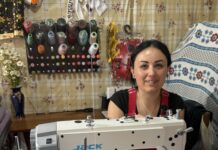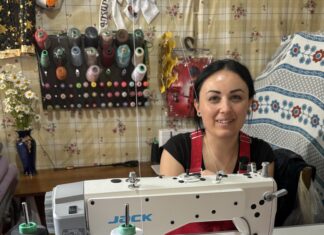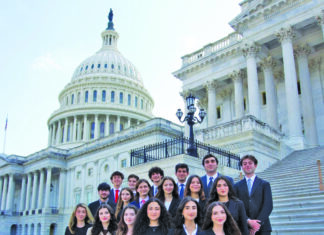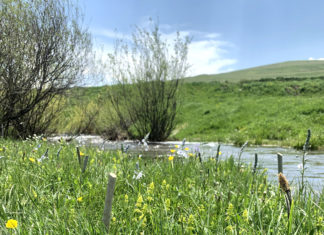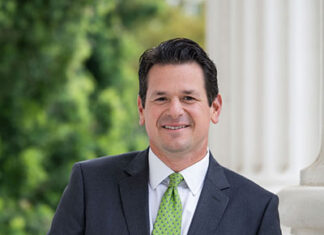By Raffi Bedrosyan
Just when one thinks the level of hatred and intolerance in Turkey toward minorities cannot get any worse, something shocking happens which surpasses even the worst incidents of the past.
Aysel Tugluk, formerly a human rights activist, is a member of parliament for the province of Van in Turkey from the pro-Kurdish People’s Democratic Party (HDP). Along with the two co-leaders of the party and 11 other fellow deputies, she was arrested and kept in jail, without any trial, since December 2016 based on charges of “supporting a terrorist organization.”
Her 78-year-old mother, Hatun Tugluk, of Alevi descent and originally from Dersim, passed away last week. As per her will, she was to be buried in an Ankara cemetery. The jail authorities relented to release Aysel Tugluk temporarily so that she can attend her mother’s funeral and burial. Just as her mother’s coffin was lowered into the grave, a group of 30 fanatical ultranationalists showed up with a tractor, chanting slogans such as: “These are Turkish lands, these are not Armenian lands,” “This is not an Armenian cemetery,” “Burial of Alevis, Armenians and Kurds not allowed here,” “Seeds of Armenians not allowed in a Turkish cemetery,” and more ominously, “If you don’t remove this coffin, we will shred it to pieces.”
Soon the mob increased to 100 people, who started throwing stones at the mourners, including Aysel Tugluk. Although there were a large number of policemen present, they just watched the mob without interfering. In fact, several attackers seemed to know the policemen and addressed them with their names. At the end, Aysel Tugluk had no choice but to remove her mother’s coffin from the grave, and decided to have her transported to Dersim for burial there. The jail authorities refused to allow Aysel to travel to Dersim as the funeral permission was only for Ankara. So, while Aysel’s mother’s body travelled to Dersim, Aysel went back into jail.
The level of intolerance and hatred displayed during this incident is revolting. It is a generally accepted fact that any living person defined as ‘the Other’, that is, a non-Turk, non-Sunni Muslim, will be subject to discrimination, insults and even physical attacks in Turkey, but this incident showed that the dosage of attacks has now reached dead people. There is no question that the attack was organized and planned, with the mob arriving just in time equipped with a tractor and prepared slogans, and obviously condoned by the state or deep state. The governor of Ankara minimized the incident as a provocation by a few drunken persons. The Minister of Interior posed with one of the attackers, both smiling, after the incident. All attackers were released after questioning.
